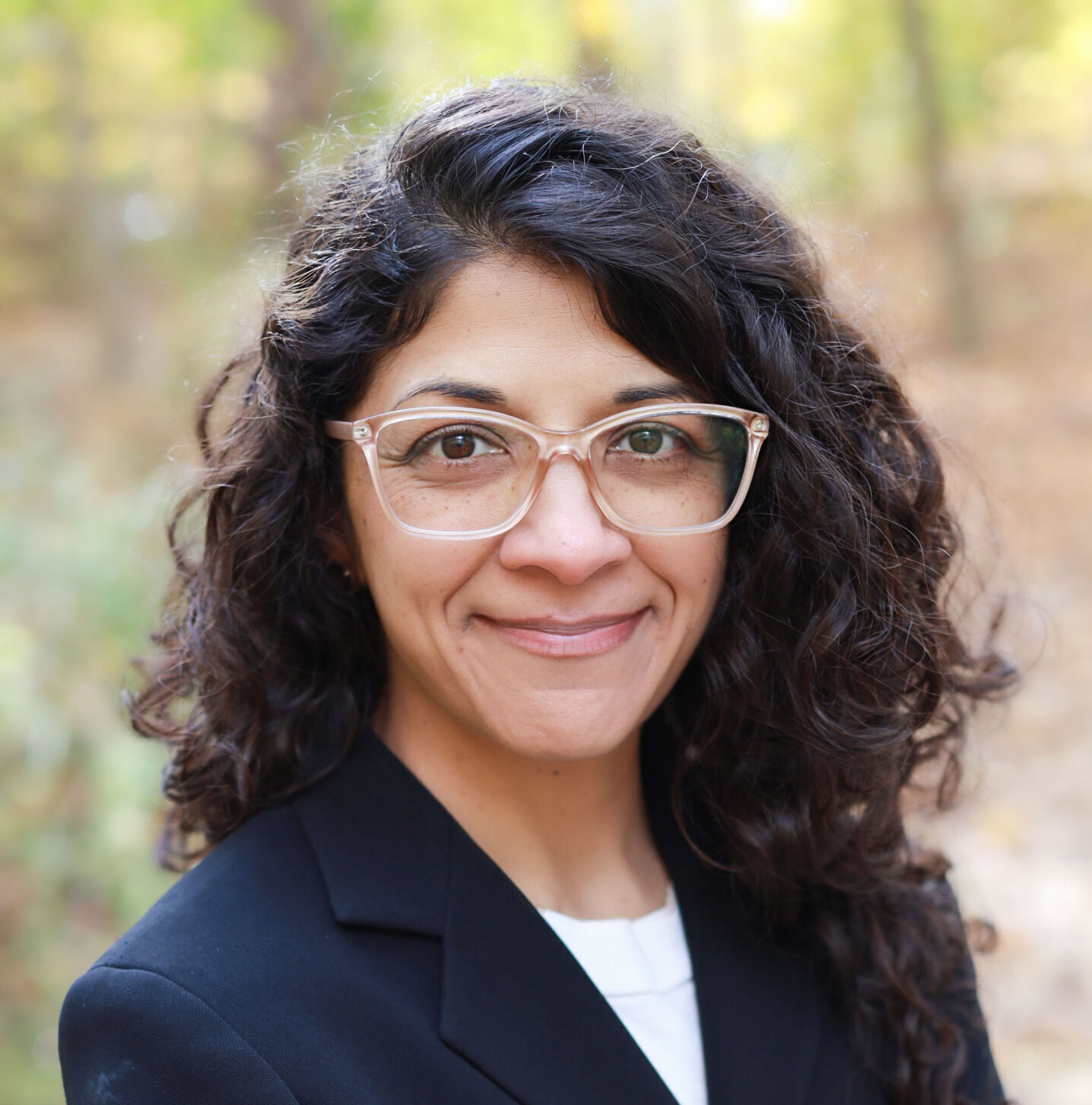As nerdy girls, parents, and educators, we want so much to have clarity around school reopening. But, we just don’t yet know everything we need to know (and may not in 6 weeks!). So our best offering to you, our dear followers, is to share our ideas about how to assess the issue. We hope that this will help you as we all work on this together. Here we go:
Current scientific information suggests that we should think about the risks/benefits of opening schools with these factors in mind: 1) Level of community transmission; 2) Ability to implement protocols and control measures; 3) The risk of getting COVID-19 and/or risk of outbreak; and 4) Social/Economic factors.
Level of community transmission:
Community transmission is a key factor. The higher the chance of infection in a population, the more likely infection will occur in a school (put simply). For example, in Austin, TX last week there were 2,000 new infections for a population of 2 million (approximately 1 in 1,000). In a school of 2,000 students, this translates to an 86% risk of having at least one infected student per week. This is pretty high, so community transmission matters! For more detail on how this works, look here (keeping in mind that this is a simple approximation, not accounting for control measures, for example).
The ability to put in place effective interventions to mitigate the risk of transmission of COVID-19:
Masking, distancing, temperature checks, infection prevention practices, reducing crowd sizes, prioritization of age groups (such as younger groups vs. older), and protections for vulnerable students, teachers, and staff all matter. Equally important are the schools’ ability to open/close, adapt to hybrid, online, and/or in person models, and to be both proactive and reactive to changing rates of community transmission and possible new infections (including monitoring, isolating, and quarantining practices). Varying models exist across the globe. This literature review provides a good summary with additional examples guidelines for reopening.
Risk of getting COVID-19/Risk of Outbreak:
-
- Risk of children getting infected (relatively low):
- Children do get COVID-19, but overall do not get as sick as adults do
- Infants (<1 year of age) have more risk than older children
- For teens, the data suggest that their risk of infection is comparable to adults, but severity is lower
- Risk of children infecting families (unable to determine):
- The data are unclear as to whether children are spreaders of illness either by 1) Prevalence of infection and/or 2) Spread to others (are they “index cases”)
- Widespread testing and heavy contact tracing is needed to determine this
- Risk of children infecting teachers and staff at schools (unable to determine):
- There is not sufficient data to determine this
- Australia, Ireland and France have noted low rates of transmission in schools; however, Israel has recently seen new cases with school reopening [Note: It is not clear how much external factors played a role in this spike in infections (lockdown measures, masking, hygiene practices)].
- An excellent summary of kids and COVID can be found here with @profemilyoster.
- Risk of children getting infected (relatively low):
The social and economic impacts of being out of school:
This has been highlighted by multiple national and international organizations, citing the potential impact of school closures on increasing disparities, exposing vulnerable populations (particularly girls), lowering detection of safety risks in the home (such as abuse or accidental injury), and decreasing access to services (nutrition support, mental health services, speech and occupational therapy, physical education). Alongside these concerns, it is noted that while school is out, families are unable to fulfill their economic potential due to child care responsibilities (particularly biased towards the primary caregiver), unemployment or underemployment, and disproportionate burden of care for family members, among other factors. In this context, the American Academy of Pediatrics (AAP), the American Federation of Teachers (AFT), the National Education Association (NEA), and the School Superintendents Association have recently stated that in person instruction offers the most equitable learning environment; however return to school should be based on the guidance of public health experts.
In sum, looking at the scientific literature and the evidence, it is important to examine the question of reopening from this perspective:
- What is the risk of transmission in my community?
- What is the potential for control measures in my school and/or community? And what is the potential for adaptability to changes in levels of transmission?
- What is the risk to groups of people based on the evidence (as it emerges)
- What other ripple effects may school closures have on children and families?
All this being said, we know that contemplating another school year at home is heartbreaking (especially for us nerdy girls!). And of course there is a great deal of uncertainty right now, particularly as it relates to school reopening and our children’s futures. And yet, we know that we have made it this far. We don’t know what the next few months holds for any of us on the local, state, or national level. But, we do know that every single individual action matters, just as the collective actions do. We can continue to focus on the things that are in our control: equipping ourselves with knowledge, preparing for all potential outcomes, and being strong role models by managing our own anxieties for our young ones.
And our commitment here at Dear Pandemic is to continue to bring you the information you need on school reopening as the situation emerges over the next few days, weeks, and months.
Until then, stay informed, safe, sane, and hopeful!
Additional comprehensive summaries of school reopening measures:
CHOP Policy Lab Review of Evidence for School Reopening
Harvard Healthy Buildings Recommendations
~Aparna


